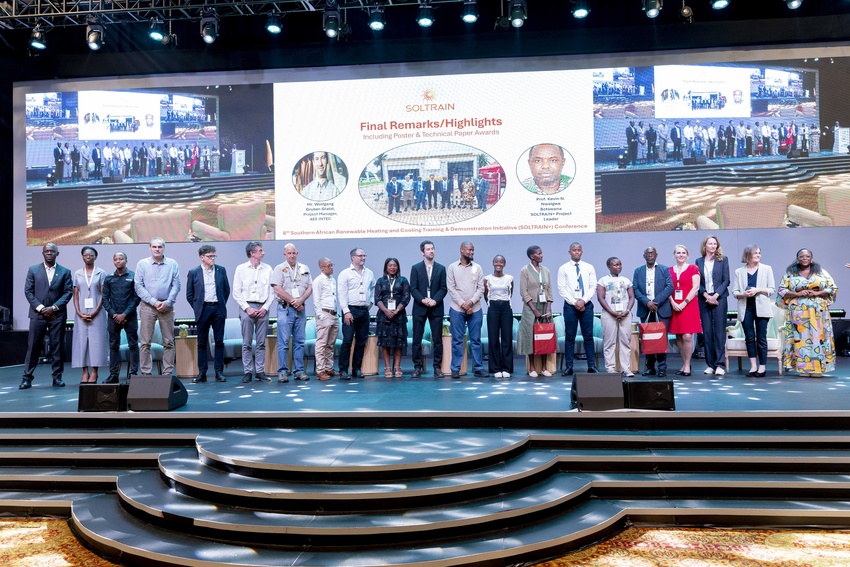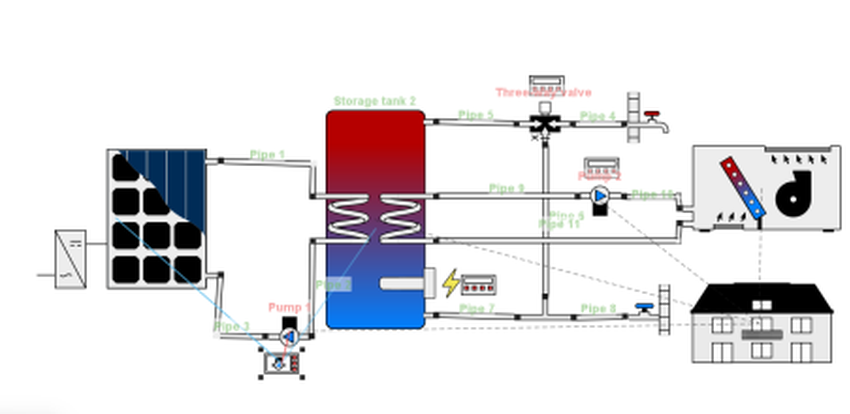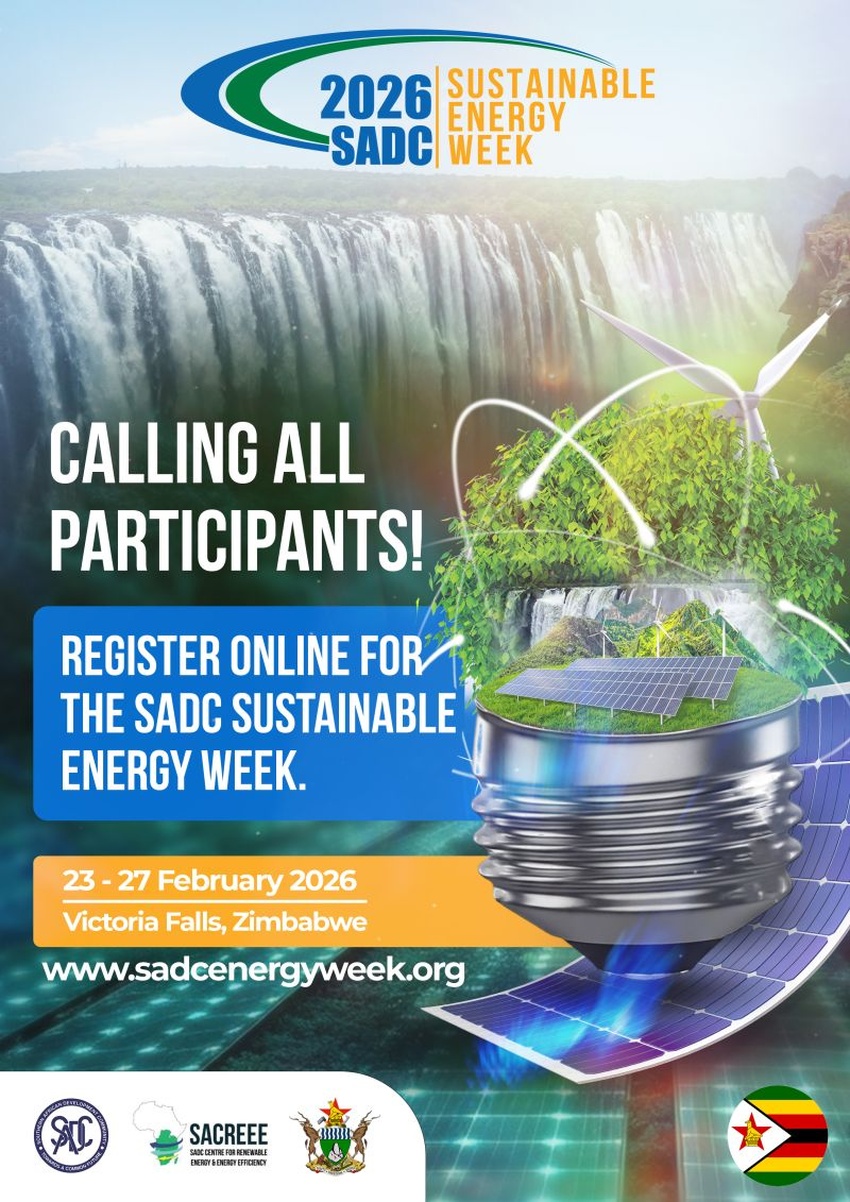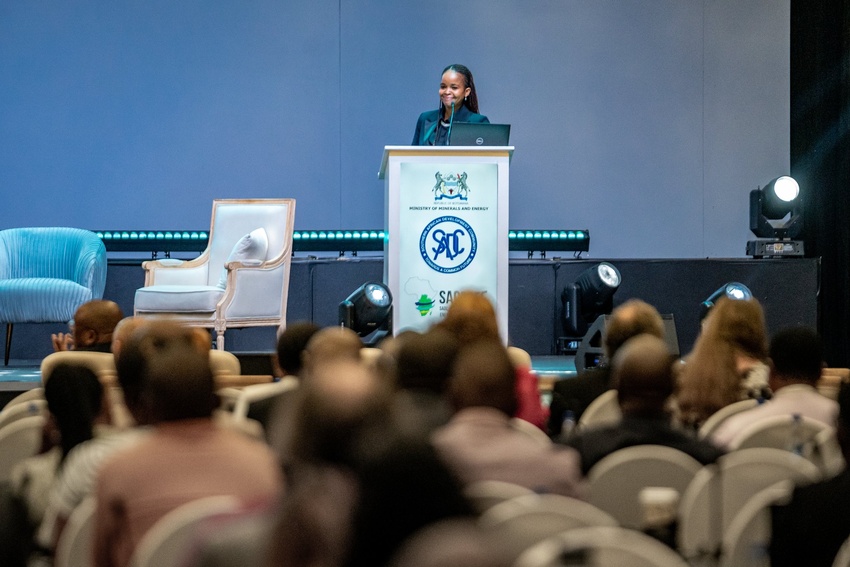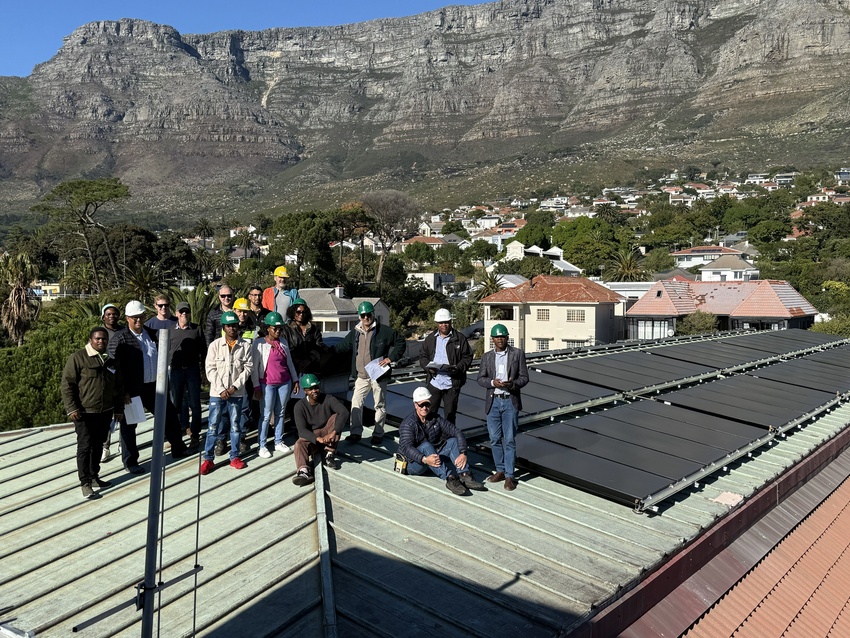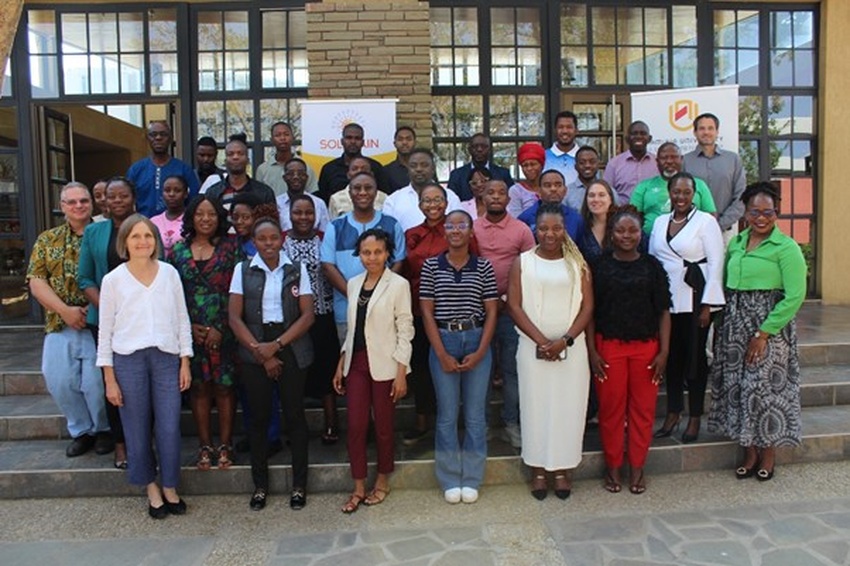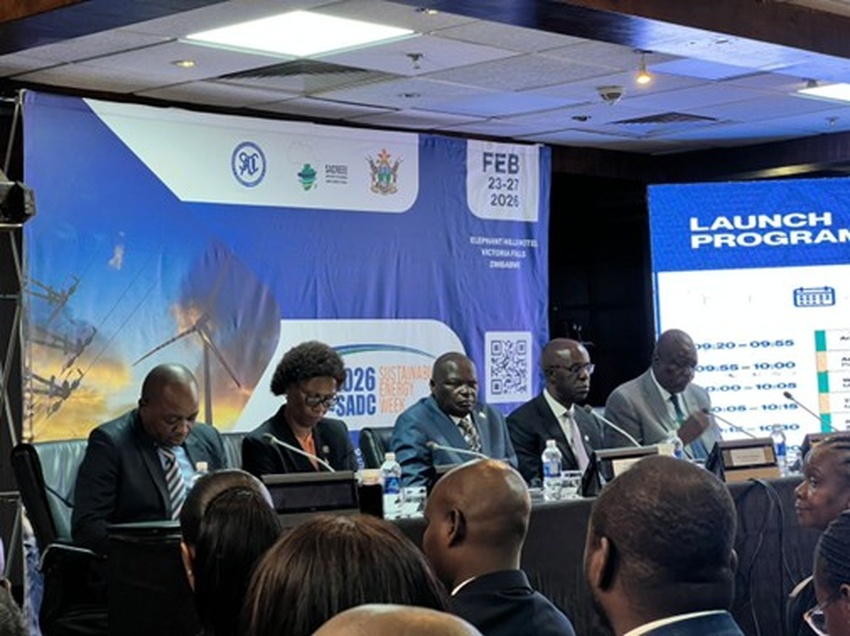Solar cooking with evacuated tubes
Submitted by Ivan YaholnitskyPublished 4 years, 9 months ago
Evacuated glass tubes are central to a host of solar thermal applications. Several years ago innovators began harnessing evacuated glass tubes for cooking, putting them in a horizontal orientation and adding a reflective concentrator wing on each side, and then using an oblong narrow cooking tray that slides inside the tube. Various tube manufacturers have responded to this innovation and now offer much larger evacuated glass tubes designed expressly for solar cooking.

Last year BBCDC ordered a fourth container of solar water heaters from a supplier in China, and also included ten of the 137mm x 600mm evacuated glass cooking tubes developed by the same company. They arrived in late December, and in the last few weeks, six prototype cookers have been fabricated and have demonstrated impressive results.
BBCDC’s aim is for a device that is robust, simple to use and easy to fabricate. The glass tubes have a history of fragility. At the 2019 Consol Foods Solar Cooking Conference, there was a presentation on the many ways an evacuated glass tube can break! While certainly not foolproof, the BBCDC design is an attempt to forestall disaster and produce a cooker that is more rugged.
It includes an ordinary glass cover that acts as a layer of protection from inadvertent impact or shock and a system of holding the tube securely in place with a soft heatproof tape and a solid enclosure. This configuration provides for easy alignment and solar tracking. The large parabolas developed at BBCDC previously have more power and bake faster, but the compact size and portability of the new cooker is a significant advantage and makes local shipping and distribution feasible.
Earlier experience with box cookers at BBCDC found that 0.25m2 of glass area gives plenty of power for cooking, hence the choice of dimensions informing the design of the top glass cover. A mini parabola with a highly reflective surface wraps behind the glass tube. While operational experience is just beginning, it has already proved to be a powerful device. It can roast a pan of vegetables (potatoes, butternut and onions) in an hour and a half, and bake a good size baguette in 45 minutes to an hour.
The best way to use the oven is on top of a table where it can easily roll and be wedged for altitude or twisted to follow the azimuth. Any flat plate collector is quite efficient as long as it is oriented within 30° of normal incidence and does not fall into any shadows cast by nearby objects. Under these conditions and on a clear day, the cooker needs to be adjusted 5 or 6 times to obtain 8-9 hours of good cooking time.
The evacuated glass tube costs $45.00 USD and we can build the cooker for an approximate total cost of less than $100.00 USD.
I am eager to see how this little cooker can support household energy security and economy, and micro-enterprises. A fresh baguette is a much better product than generic factory baked bread. We will continue to test and evaluate this promising solar energy application while avoiding the sound of broken glass, and will provide an update in 6 months.



